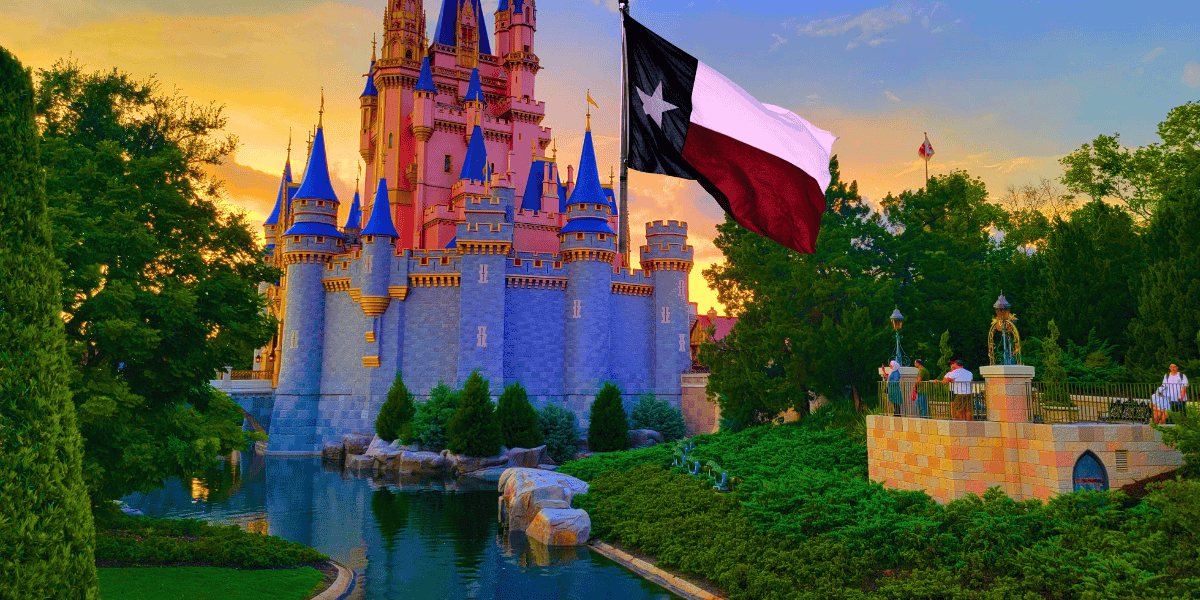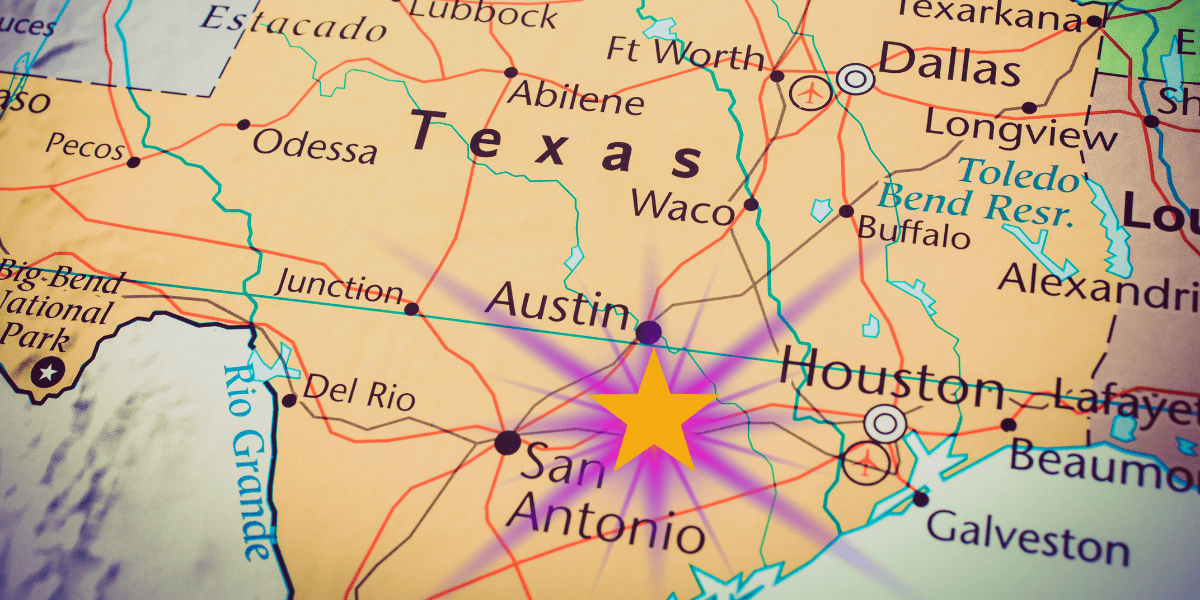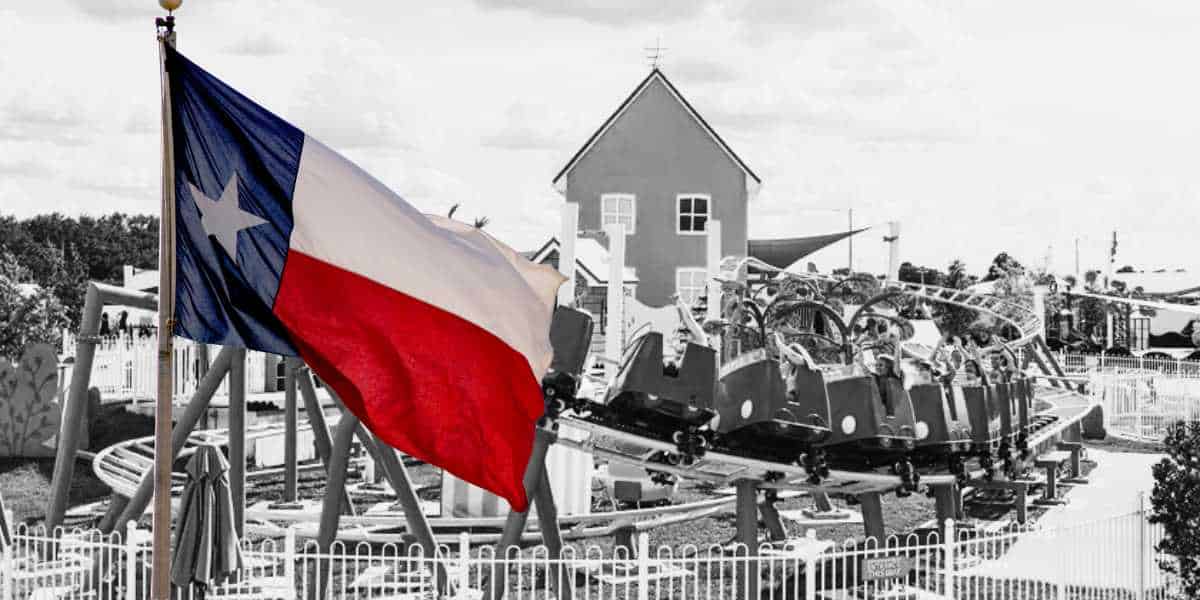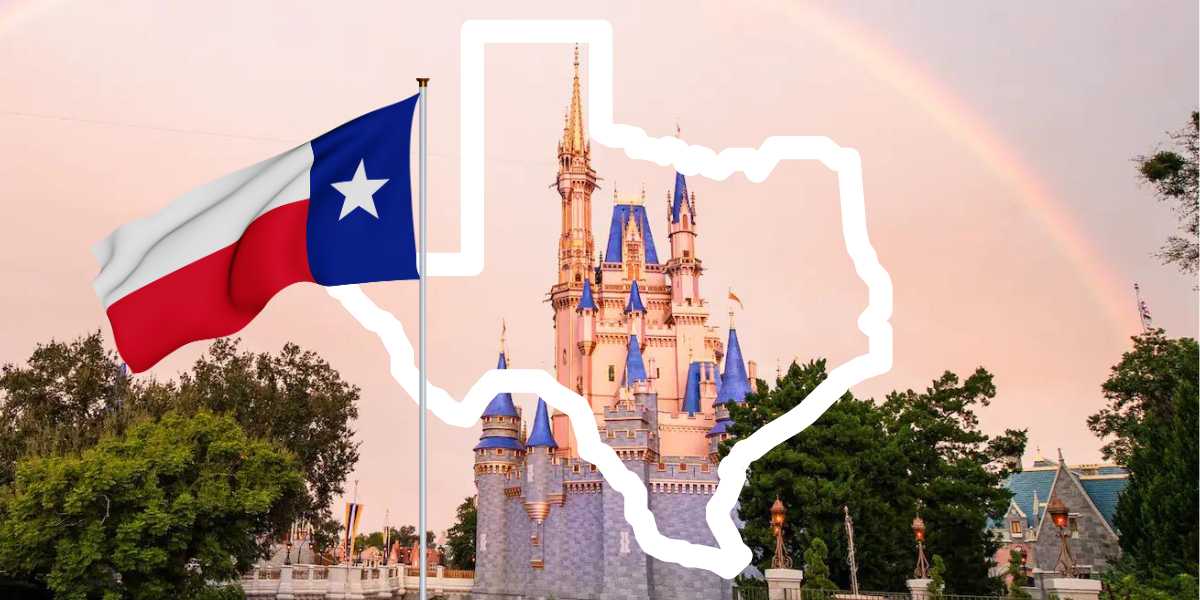Lizzy McGee is a sixth-generation Texan. She grew up in Houston and received her MBA from Stanford Business School. But McGee started working for The Walt Disney Company, doing market analysis for its theme parks, cruises, and hotels. During Covid, McGee returned to Texas and worked from her childhood bedroom, and that’s when the idea hit her.

McGee decided to create the TexasLand theme park. The park would have been more like EPCOT than a Six Flags Park, which focuses more on rides. McGee wanted her park to tell the state’s history and make guests feel like they are a part of the story, just as Disney does with its theme parks.
She designed parts of the park, including a Towns of Texas Pavilion that would have taken guests across the state and shared the individual stories of each city. And, of course, there would have been food, including Texas’ famous BBQ.
But that was in 2023, and two years later, McGee’s dream to take on Disney World and Universal hit a major snag: NIMBY.

The proposed TexasLand Park was set to be built in Waller County, Texas, just northwest of Houston, but it received backlash from neighbors and community members who were concerned about the noise and traffic.
Due to the public outcry, Texas State Representative Stan Kitzman withdrew House Bill 5685, a critical first step in getting the park approved. The bill would have created an improvement district for the park, similar to what Disney World and Universal Orlando have.
Those districts allow Disney World and Universal to operate with some autonomy, but it also places the costs associated with running the district back onto its operators. Without this critical first step, the future of TexasLand is in jeopardy.

After the bill’s withdrawal, McGee told ABC13 in Texas:
We appreciate the support we’ve received from the Waller County community over the past two years since they first responded to our Request for Information via the Greater Houston Partnership. HB 5685 was recently withdrawn to allow more time for discussion of the proposed district.
To be clear, the bill would not have created a Tax Increment Reinvestment Zone (TIRZ), and it did not seek any property tax abatements from the County or other entities. The bill would have used revenue generated on-site from Guests to improve public roads and contract with additional law enforcement. We appreciate the widespread local support for our project and look forward to continuing to work with the community as we evaluate our long-term plans.

Kitzman said that withdrawing the bill gives the property owners more time to meet with the community and hear their concerns. He did not provide a timetable for re-introducing the bill in the Texas Legislature.
For now, Texas’ answer to Disneyland appears to be on hold as its owners work with its neighbors, a problem Walt Disney was able to avoid.
Would you want a theme park in your town? Let us know in the comments.
The post Texas’ Answer to Disneyland in Jeopardy After Outcry From Neighbors appeared first on Inside the Magic.


